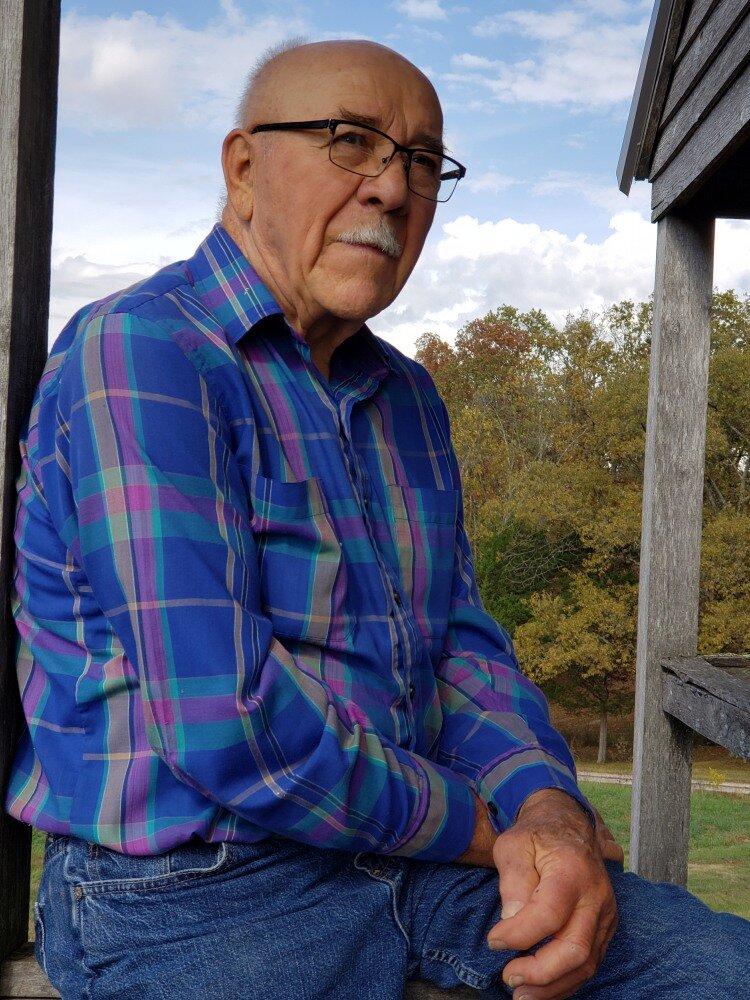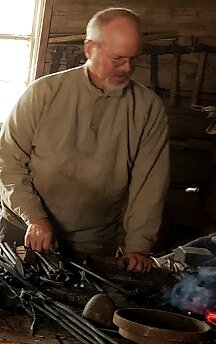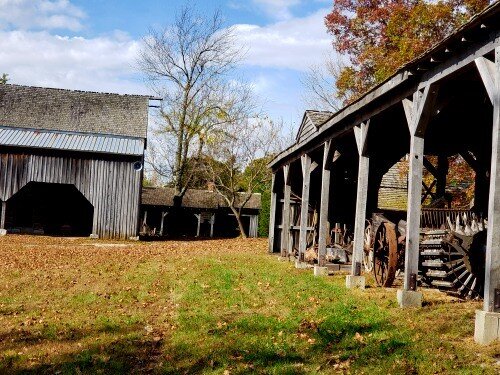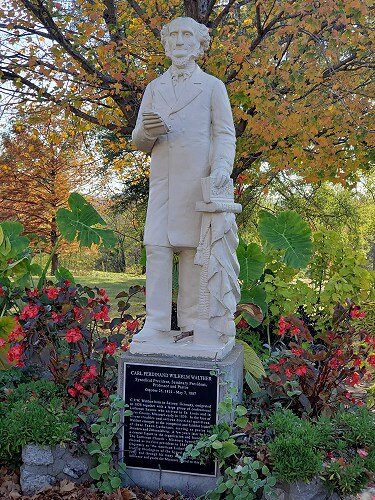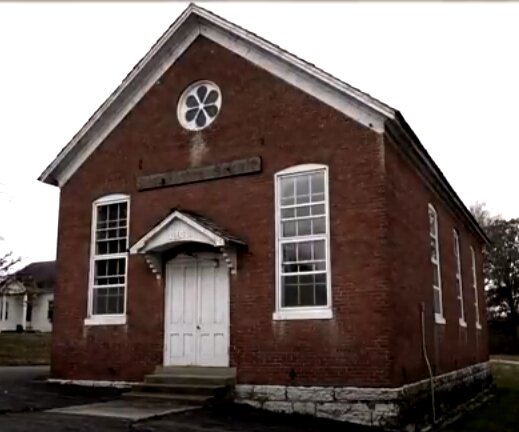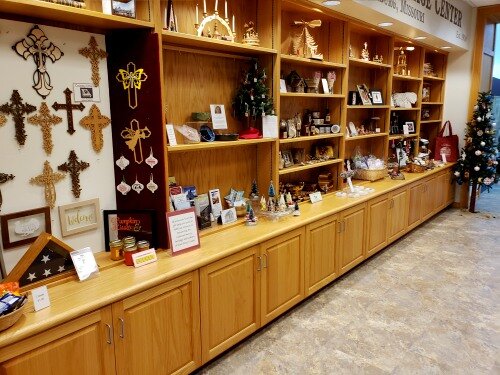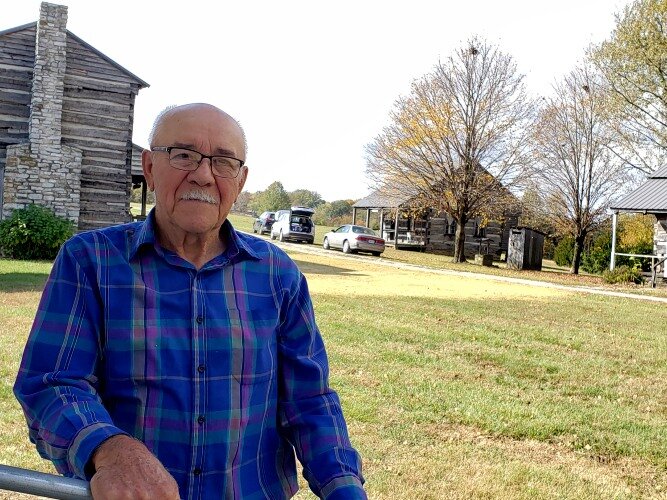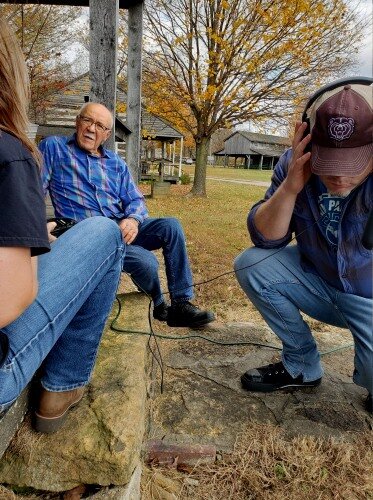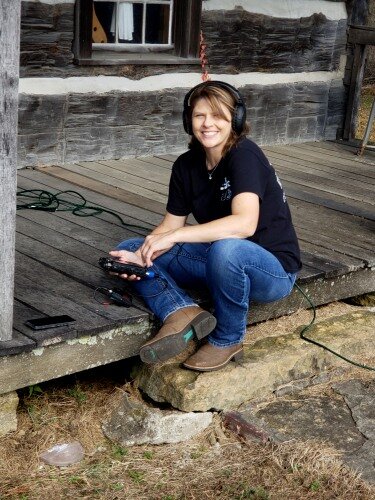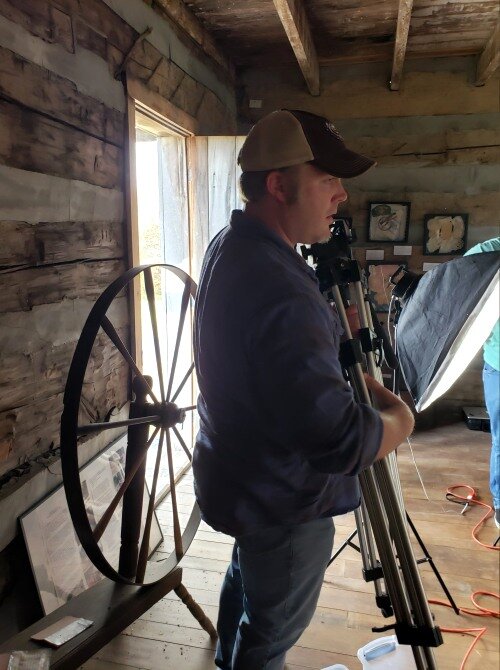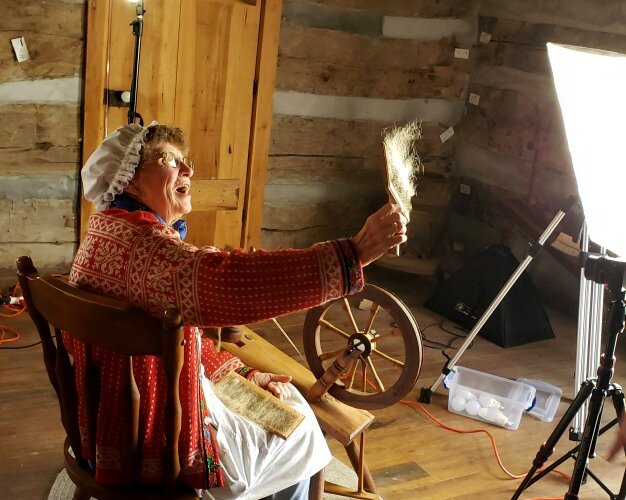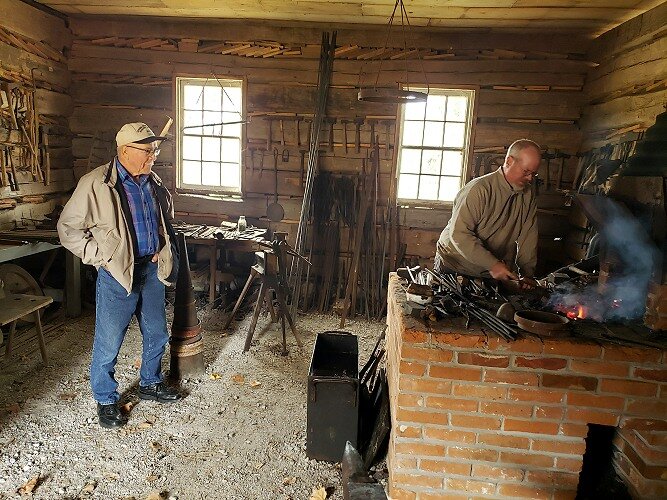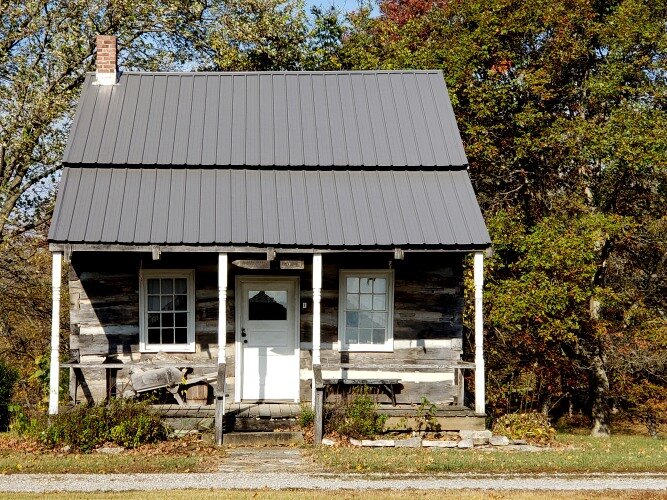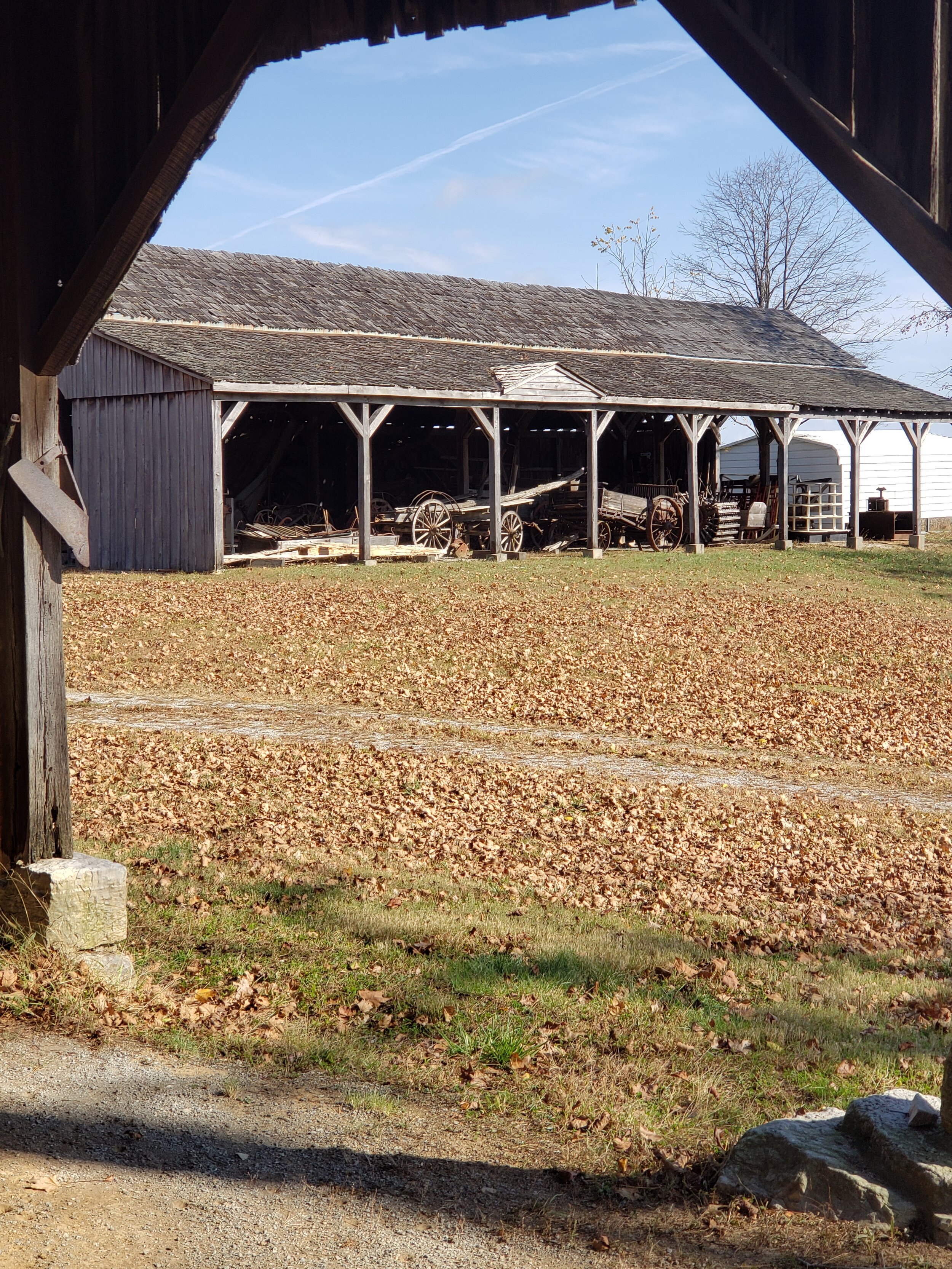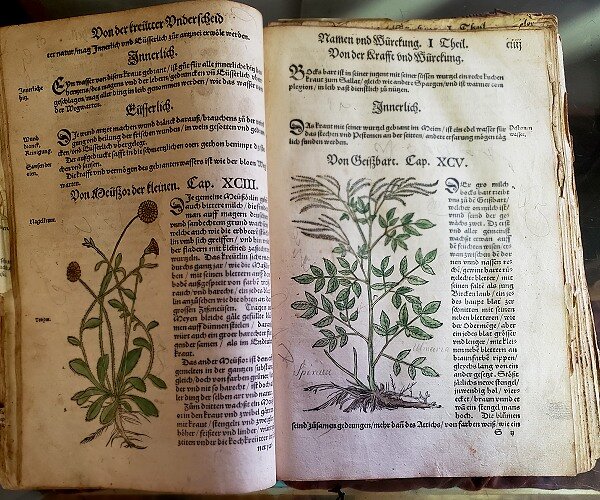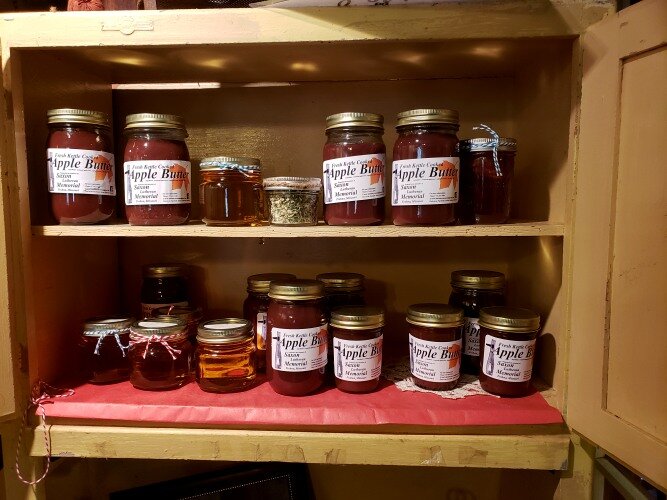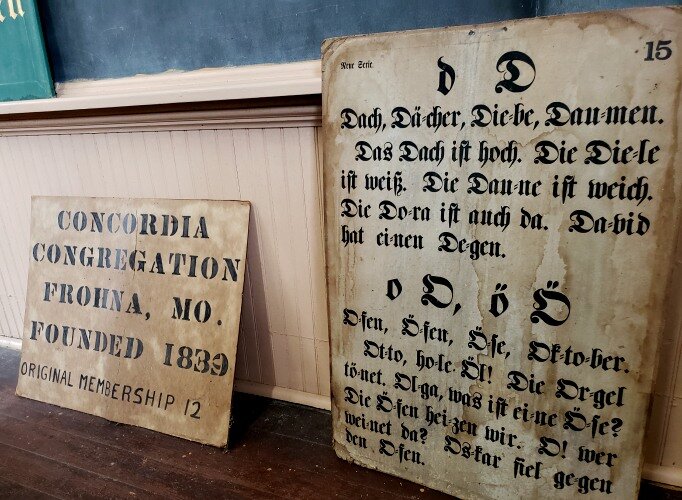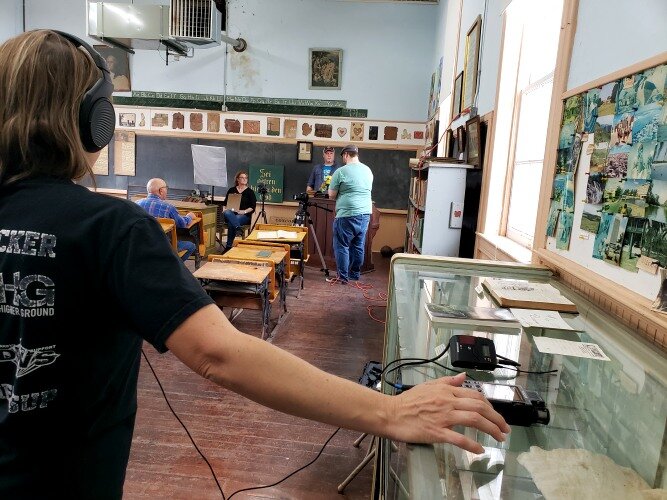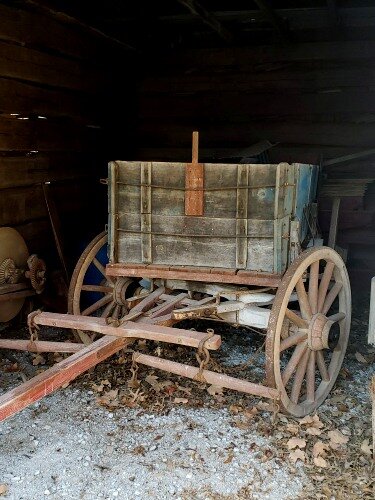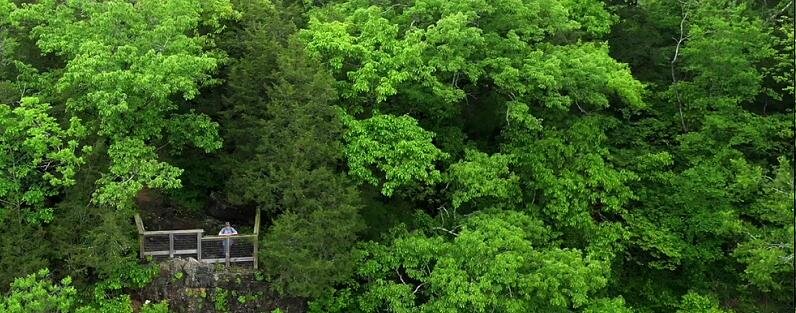My Ozarks Documentary Film Series
My Ozarks is a collection of short documentary films: intimate portraits of real people, places and experiences in the Ozarks. Our goal is to increase interest in the Ozarks and expand cultural and ecotourism to generate economic opportunities for artisans and entrepreneurs across the region.
Episode 8: Bill & the German Ozarks
A German experience lies within the Ozarks …
The eighth episode in the My Ozarks documentary film series introduces Bill Bock and others in the German-American community in Perry County, Missouri. The area was settled in 1839 by a group of Germans from Saxony, seeking religious freedom. The community they created at that time, continued to speak German as their native language until the 1950’s. Bill and a few others are the last generation to have learned German as a first language at home. Once this generation has passed away, the last people of the local community who speak fluent German will be gone. They preserve their cultural heritage through museums and a vibrant Fall Festival where you can sample the characteristic foods and see demonstrations.
The Film
A film by Jason Brasier and Quintin Huckaby, filmed on location in Perry County, Missouri.
Frohna, Missouri 37.6387 N°, 89.6215° W
The Back Story
Bill Bock, Frohna, Missouri
Photo by Sasha Daucus
Bill Bock was born in the 1935 and learned German as his first language at home. He and his family lived, a happy hardworking life of farming, where all hands were needed to get the work done. He helped out with the farm chores from early on.
When his father had a heart attack, Bill took on the primary farm work at age 14. His father was able to mentor him as he learned to be the primary person handling the horses, plowing the land, and the other vital tasks of farming.
Bill remembers how one morning, soon after his father’s heart attack, he was getting the horses ready to work the land, and one of the horses refused to open its mouth to take the bridle.
“Dad was watching from the Big House,” Bill said, “and he told me to bring the horse to the porch. He took the bridle from me, and for him, the horse opened its mouth right away. It was really funny-- after that, the horse never gave me any more trouble.”
He went to school at Die Kleine Schule (the Little School) which still remains as a museum that you can visit in Frohna, Missouri. Many of the subjects were taught in German. He also learned English there along with his classmates, in the one room school house.
In the early 1940’s, as a result of World War II, German stopped being taught as a primary language in the schools. By the 1950’s, speaking it as a first language in the homes of residents had slowed down or stopped, so he and his generation are the last ones to have that experience.
Bill has remained in the community his whole life. You can enjoy the area’s German heritage in part through his work to help create and run the Saxon Lutheran Memorial, an outdoor museum which has original houses and out buildings, agriculture implements and other items from the Saxon German settlers. Each year (except for COVID year), since 1981, they have held a Fall Festival, where crafts are demonstrated to a large audience.
Dorothy Weinhold, Frohna, Missouri
Dorothy Weinhold
Photo by Sasha Daucus
Dorothy also learned German as her first language at home and only began to learn English once she started school at Die Kleine Schule. She started first grade the same year as Bill Bock. Because it was a walk of four miles to school, Dorothy was seven before she went to school because her mother thought it was too far for a younger child to walk.
Her family, like Bill’s, were farmers and she helped with all the chores. She remembers milking cows, carrying in firewood, feeding chickens, gathering eggs, and cutting the grass with a push mower. Her mother cooked on a woodstove and their food was raised in their own garden. They had a spring, protected by a little roof to keep the animals out, where the milk was kept cool.
Dorothy grew up in a three-story log home in Frohna. Her father had told her that there was a spinning wheel stored in the top story (which was accessible only by a ladder), and Dorothy was curious about it. When the family moved out of the home when Dorothy was in the fifth grade, she asked to take the spinning wheel with her.
She began to spin in the 1960’s in her early twenties. She had moved to St. Louis and met women there who knew how to spin and learned from them. She has continued spinning all these years because she enjoys the old craft and finds it relaxing. From the yarn she spins she mostly makes doilies and dresser scarfs.
She volunteers at the Saxon Lutheran Memorial as well as the Lutheran Heritage Center & Museum. She demonstrates spinning at the Fall Festival. You can see her delight in sharing about spinning with children who don’t know, until she tells them, that yarn comes from an animal..
Mark Petzoldt
Photo by Sasha Daucus
Mark Petzoldt, Altenburg, Missouri
Mark was born in Altenburg and his parents spoke German in the home, although he did not learn it as his first language. He is a self-taught blacksmith. He became interested in it as an adult, and began to play around with it, and becoming skilled over time. You can see him at the Fall Festival, where he demonstrates the craft.
THE PLACES HIGHLIGHTED IN THIS EPISODE
SAXON LUTHERAN MEMORIAL
Photo by Sasha Daucus
Statue of Pastor Martin Stephan
Photo by Sasha Daucus
SAXON LUTHERAN MEMORIAL
Imagine what it would be like to live in Missouri in a log home during the 1800’s. You can give your imagination a boost by visiting the Saxon Lutheran Memorial. The Memorial features four log homes, including a two-story cabin and a double cabin. The log homes are laid out as they might have been found in a small settlement of the day.
The main feature is the last remaining homestead of the period including a log barn and granary. The buildings were built from 1825 – 1925. Other buildings have been constructed to show the way of life of the German settlers including a bake oven, a blacksmith shop, and a carpenter shop. A machine shed with antique farm equipment and a Visitor Center with a museum and gift shop complete the experience.
In 1839, Pastor Martin Stephan led the Saxon Immigration to the Ozarks, a group of some 700 Lutherans from Saxony Germany to American in search of a haven for their religious beliefs. Their ships arrived January 5, 1839 in New Orleans. After spending some time waiting for that last ship (which was lost at sea), most of the remaining 600 immigrants settled in Perry County. With the help of earlier settlers, the Saxon immigrants developed a thriving agricultural community. You can see some of their way of life at the Saxon Lutheran Memorial, and during the yearly Fall Festival. The immigrants also helped found the church which is known today as the Lutheran Church – Missouri Synod
SAXON LUTHERAN MEMORIAL ANNUAL FALL FESTIVAL
Photo from Trish Erzfeld
Saxon Lutheran Memorial's annual Fall Festival is held on the second Saturday in October each year and features demonstrations of activities common in the mid-1800s, such as blacksmithing, quilting, cross-cut sawing, cider-pressing, bread-baking, butchering, apple-butter-cooking, spinning, and the making of brooms, shingles, and soap. The festival also offers horse-and-buggy rides, a silent-auction, skits, live music, food, and handmade crafts.
Photo by Flintlock Syndicate Productions
DIE KLEINE SCHULE (the Little School), Frohna, Missouri
How would it feel to attend school in a one room school house? You can step back into the past with a visit to the Little School, which was built in 1898 and is now a walk-in museum.
It was a day school where the children of the parish were taught. It is now set up as a functioning one-room school house, with original old text books and workbooks in German laid out for view, photos of graduating classes, and more. The exhibits in the museum also include some memorabilia from overseas Lutheran missionaries.
Photo by Sasha Daucus
Lutheran Heritage Center & Museum, Altenburg, Missouri
The Lutheran Heritage Center & Museum documents the German immigration to the Perry County area beginning in 1838. In addition to the exhibits, the Zion Roots materials provide information to people interested in genealogical research. The museum offers exhibits related to the 1839 Immigration of the Saxon Lutheran Germans. It is also the home of the Concordia Log Cabin College, which became the Concordia Seminary in St. Louis.
BEHIND THE SCENES
The Filmmakers
Jason Brasier is an award winning writer, director, and producer hailing from Springfield, Mo. Jason’s background ranges from work in infomercials, commercials, and live television to documentaries, film, and web series. Find out more about Jason and his projects at FlintlockSyndicate.com
Quintin Huckaby grew up in southern Missouri where his passion for film blossomed. He is an award nominated cinematographer. He was a production assistant in the film Feedback, was an editor for Beyond the Interview: Lorrie Morgan, and has helped in numerous short films around southern Missouri.
Interested in more Ozark stories?
Episode 6: Sasha
The sixth episode in the My Ozarks documentary film series introduces Sasha Daucus, a regional expert on Ozark wild herbs who discovered the Ozarks nearly 40 years ago. What was intended to be a short stay while waiting for a job opportunity became a completely new path in her life. Sasha experiences great joy living in the beauty of the Ozarks and teaching others about herbal remedies and the healing power of nature.
